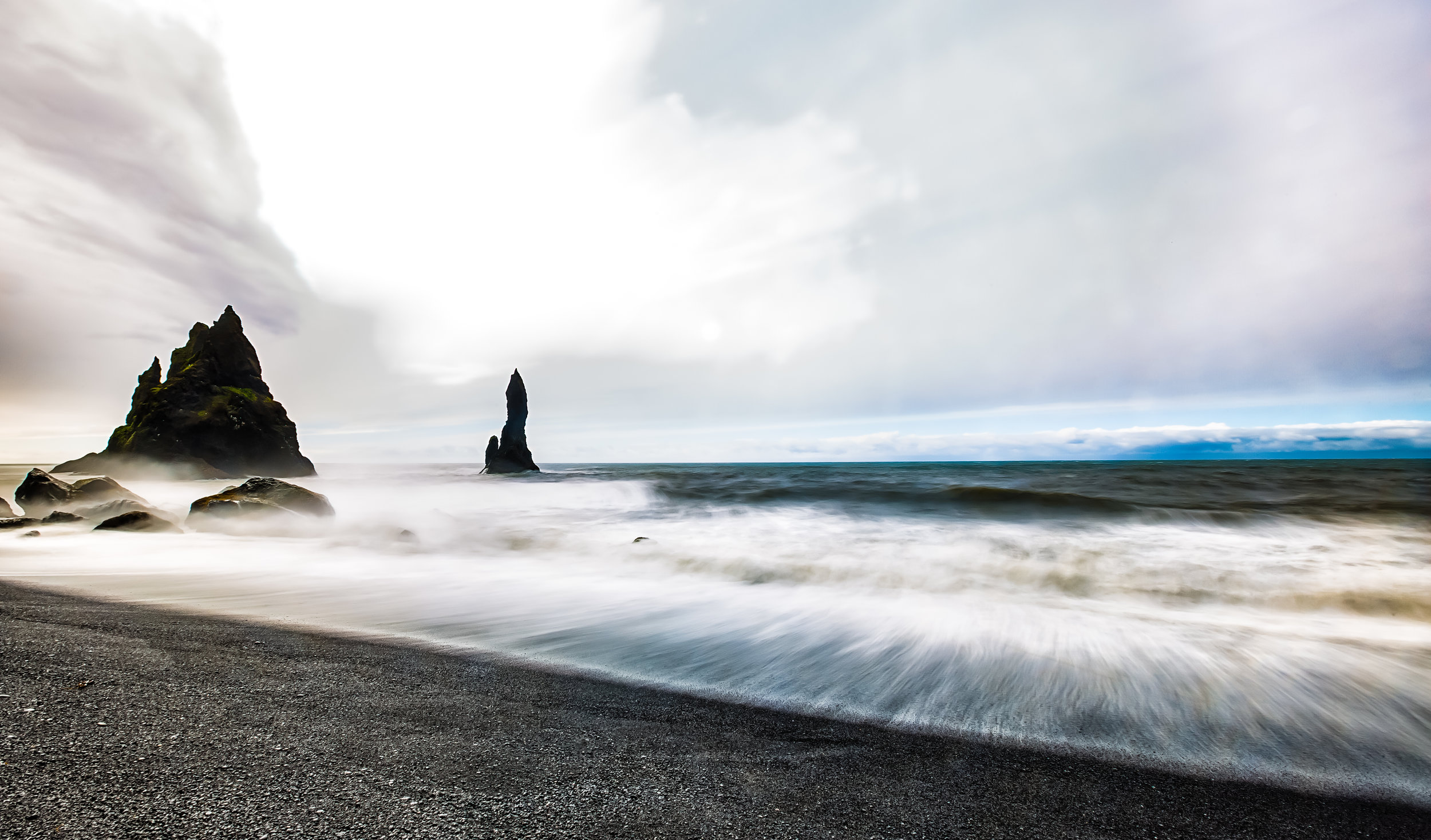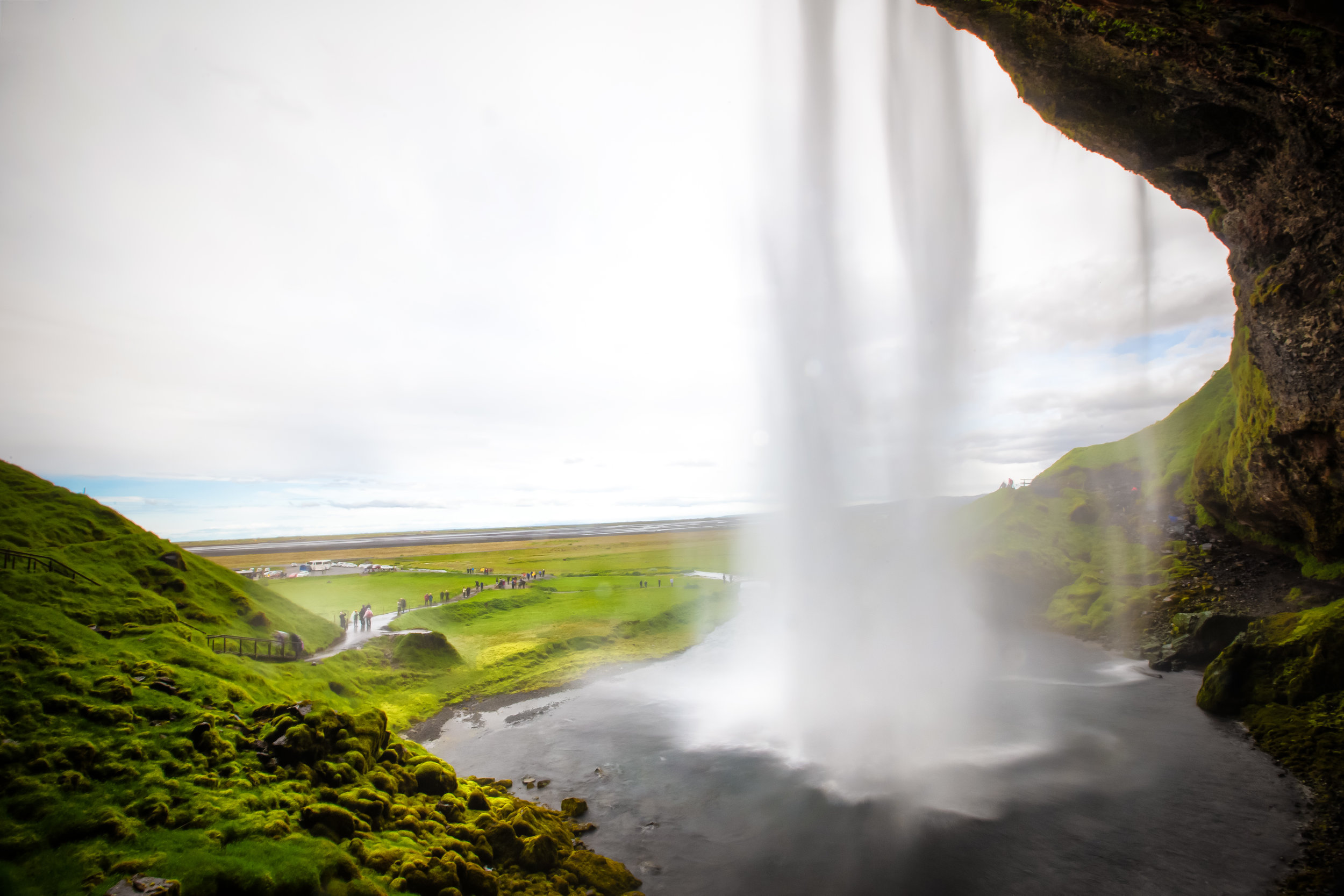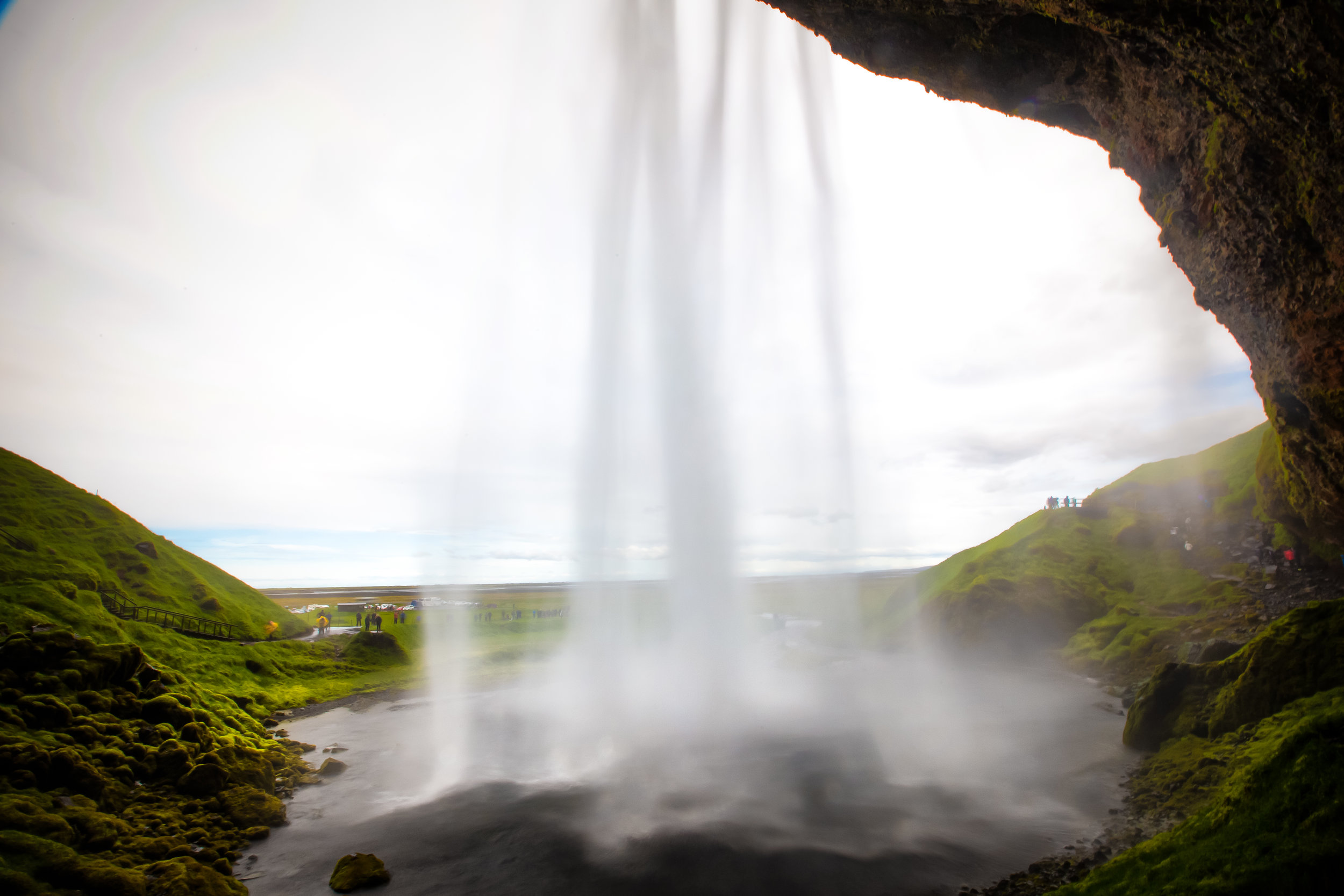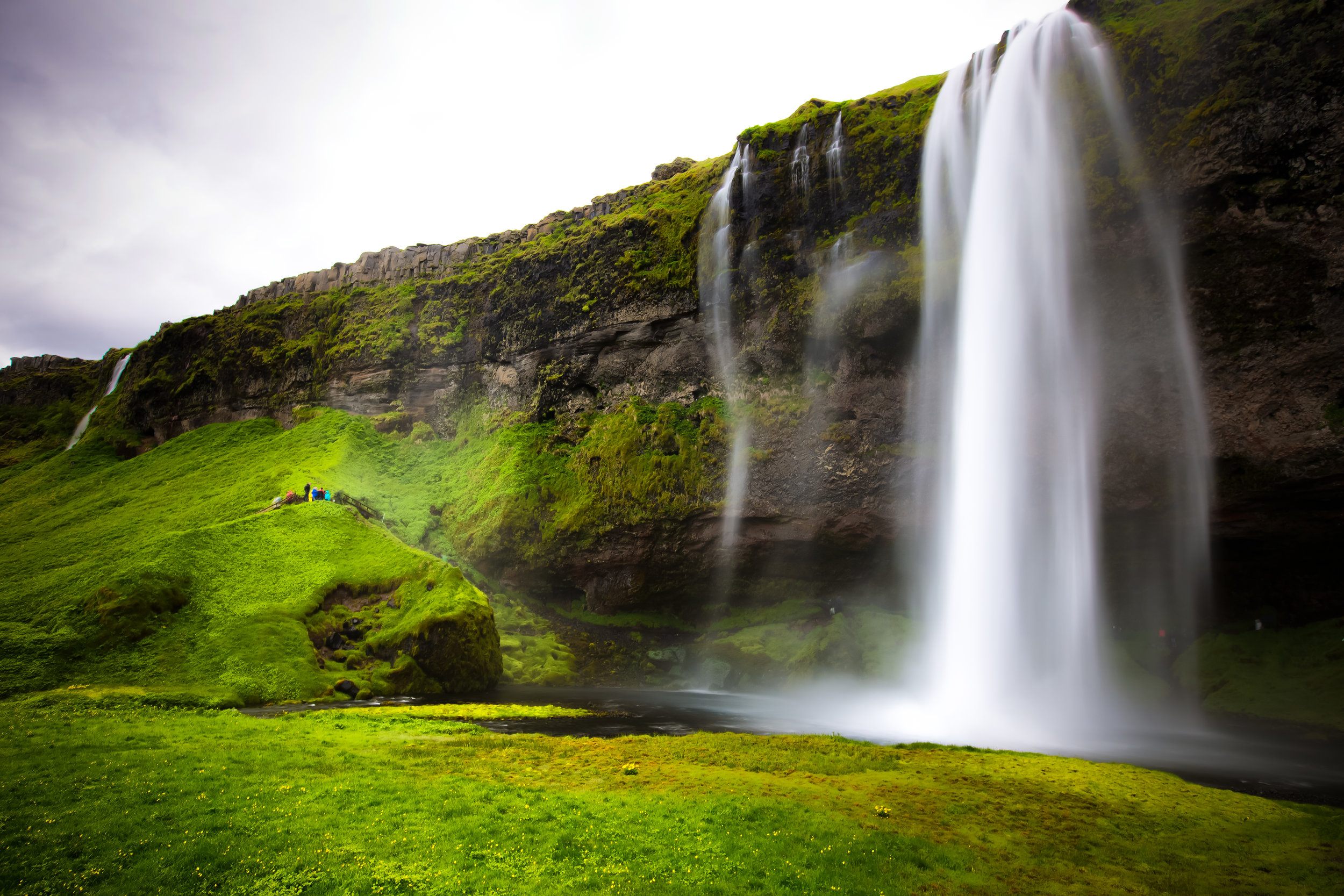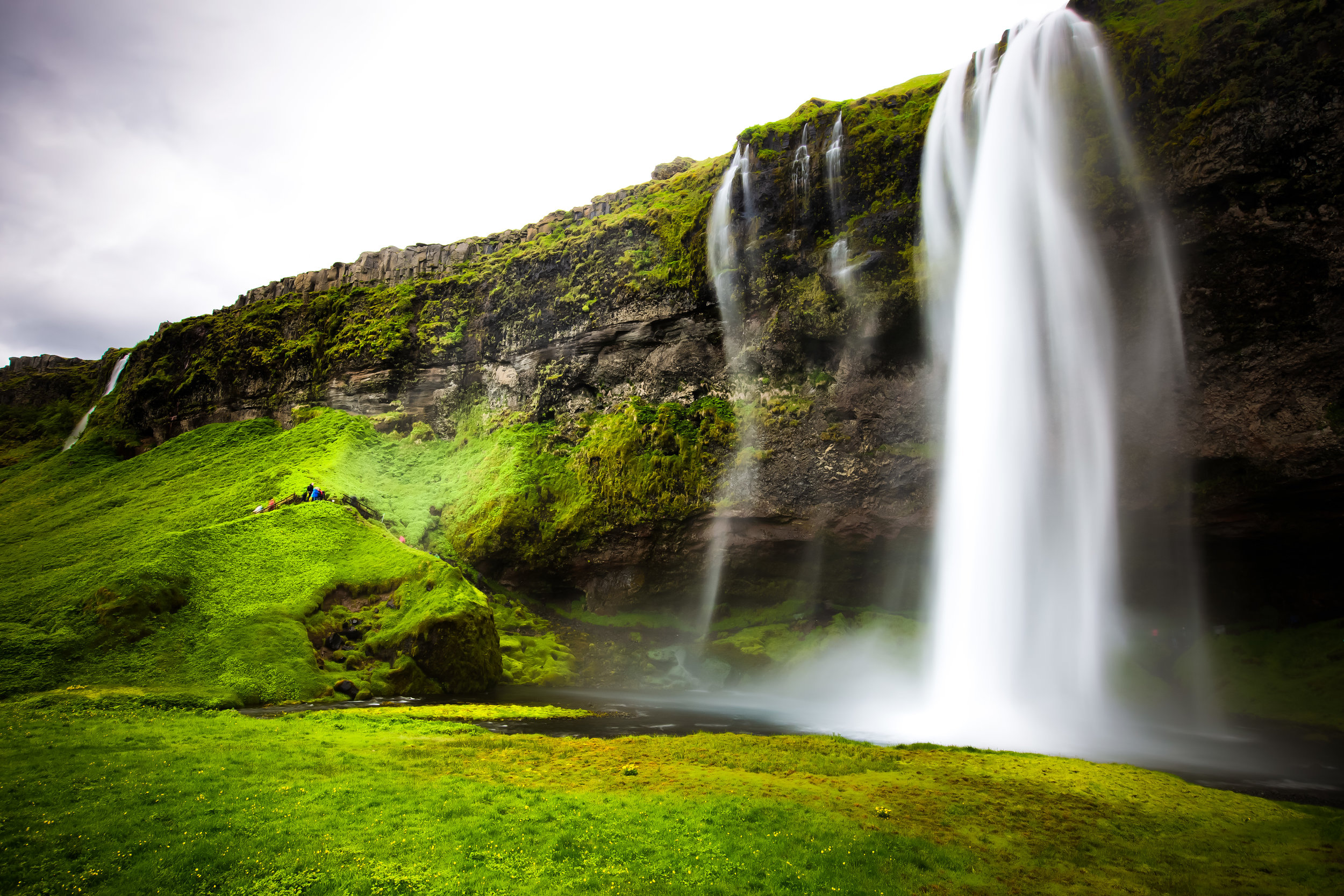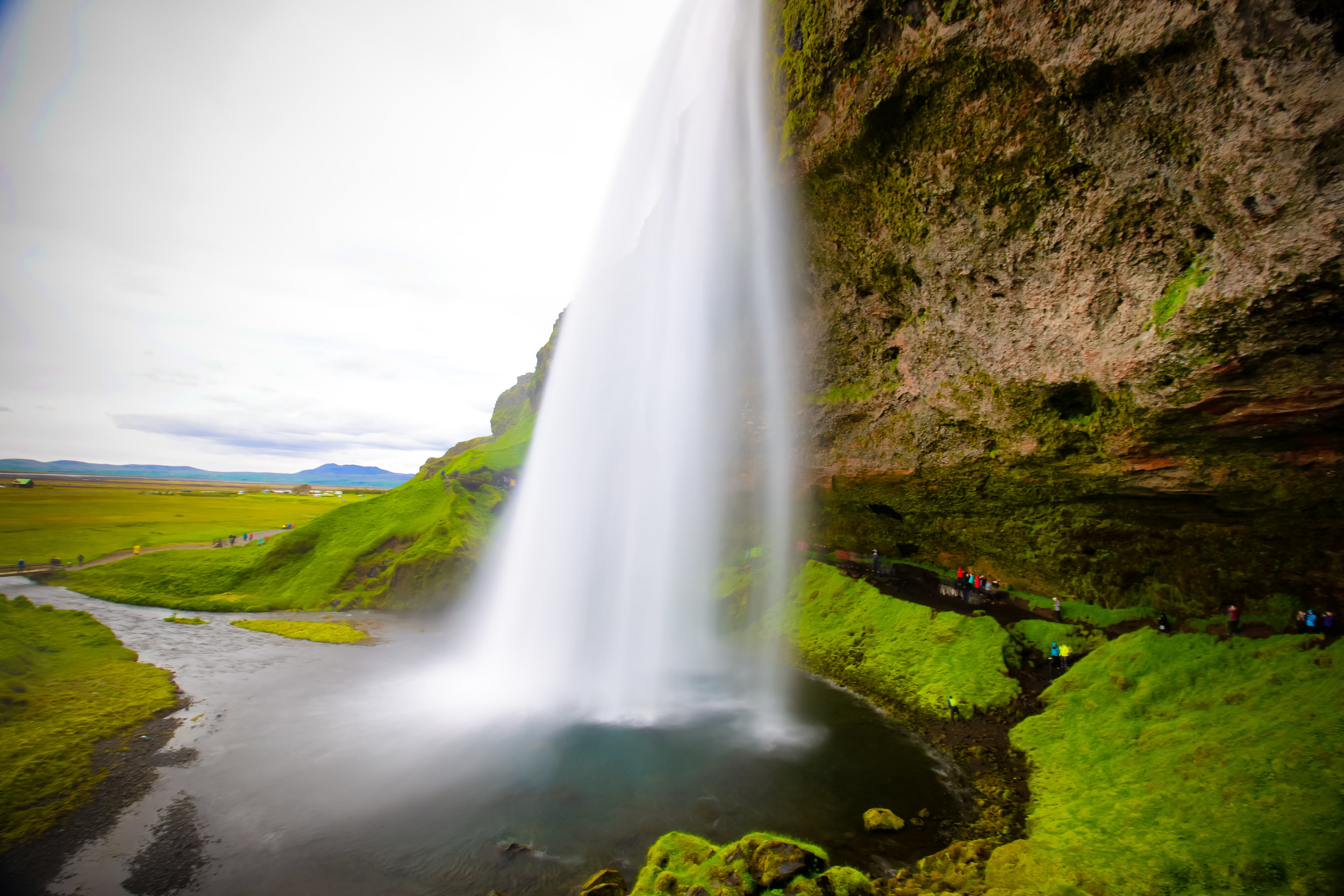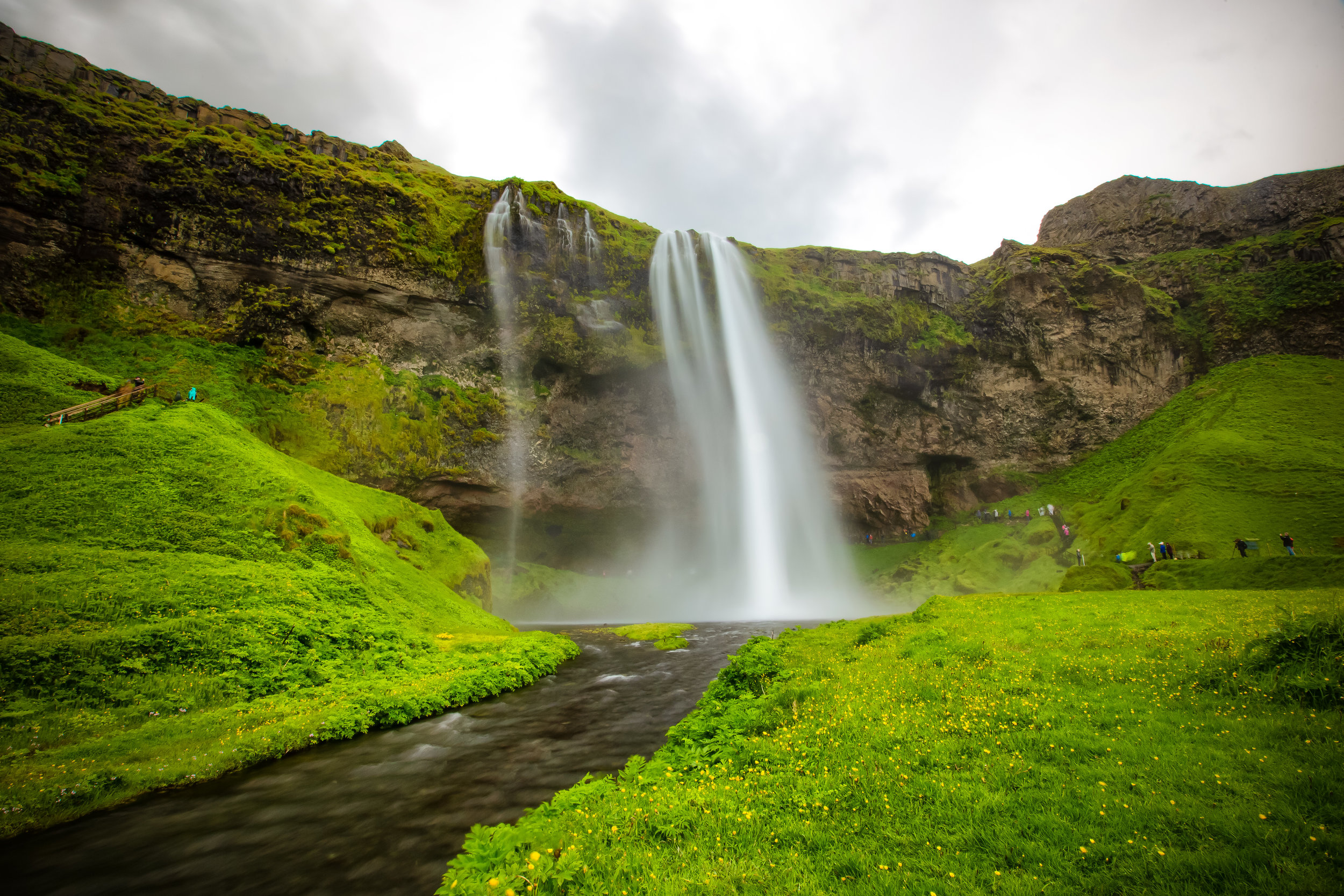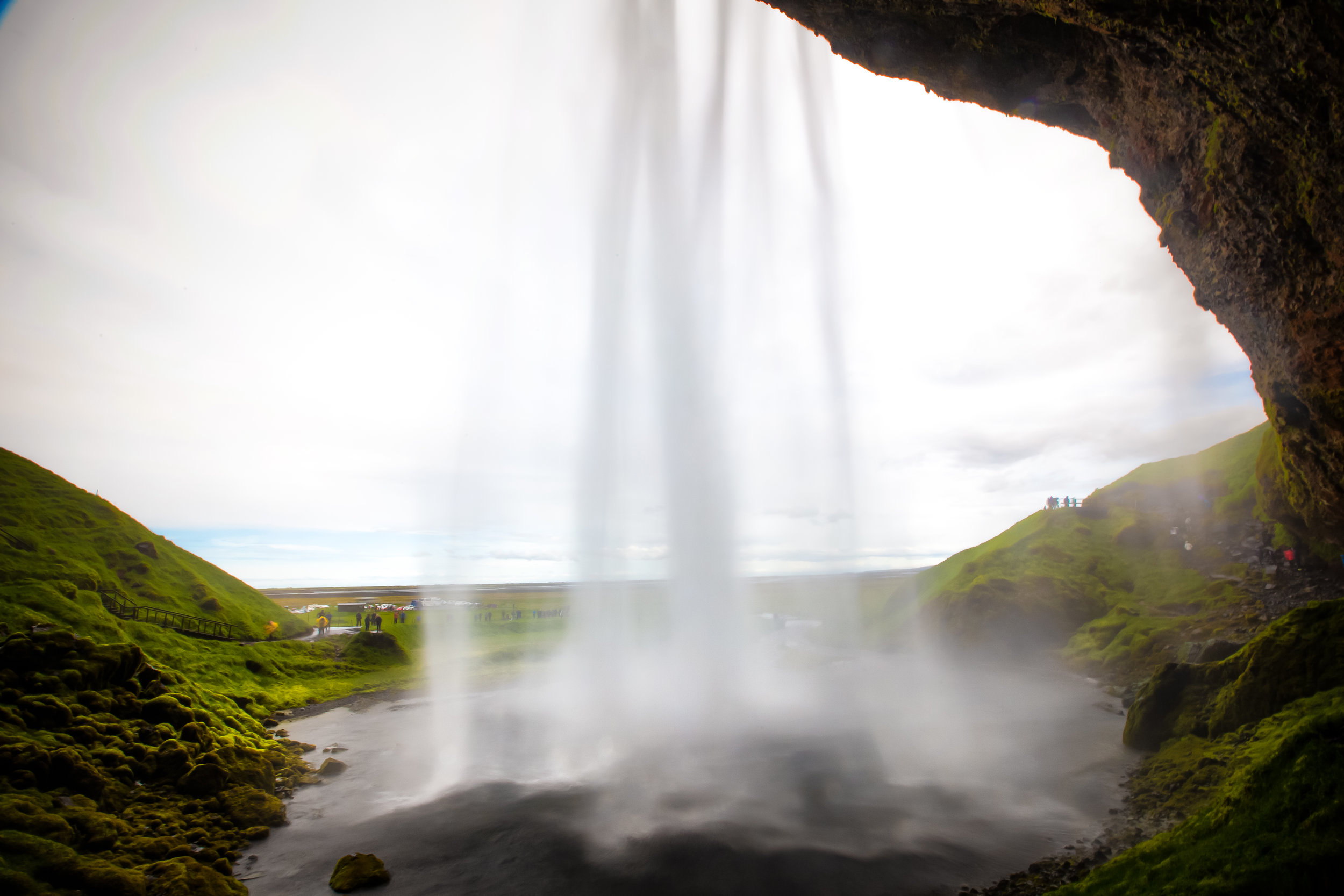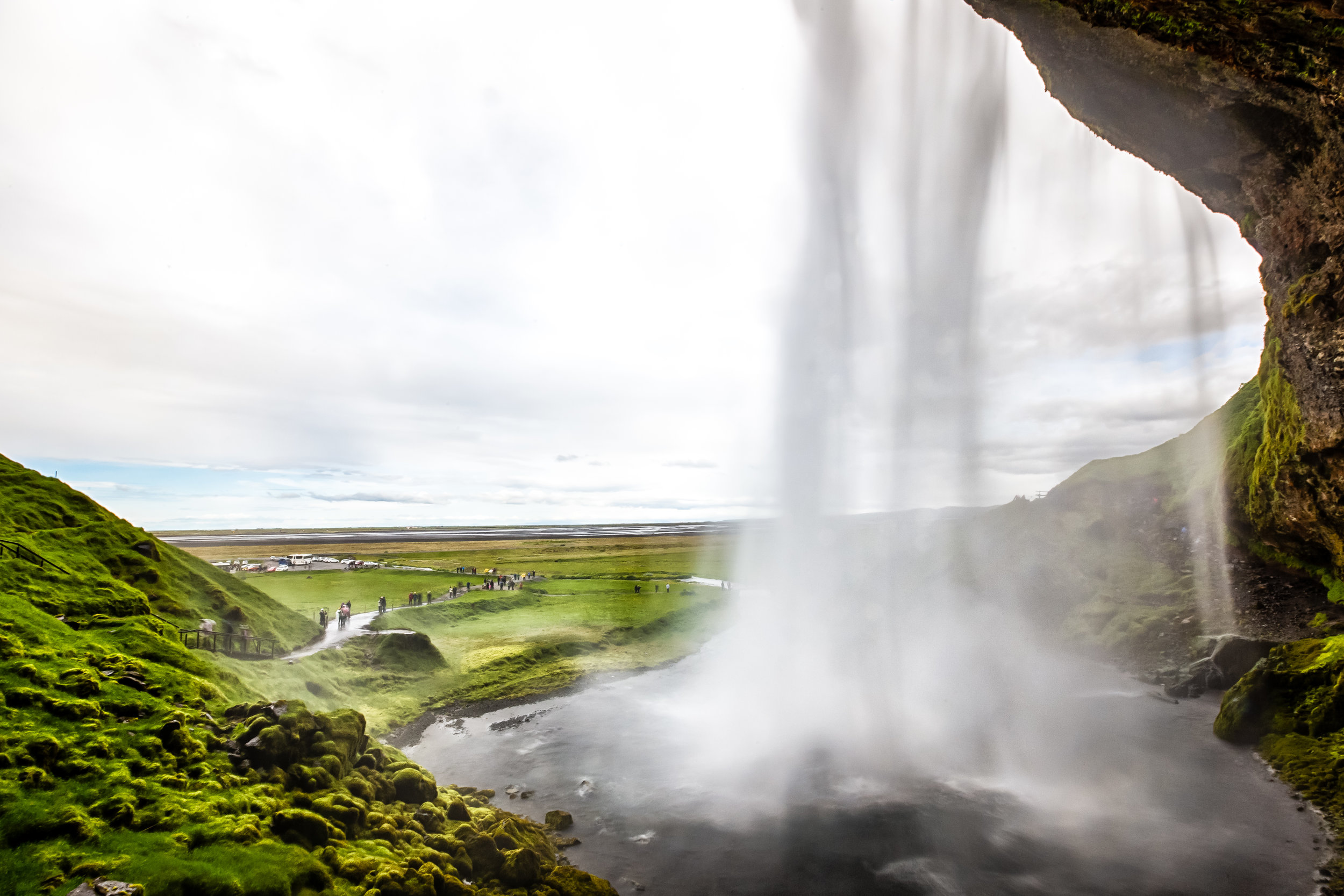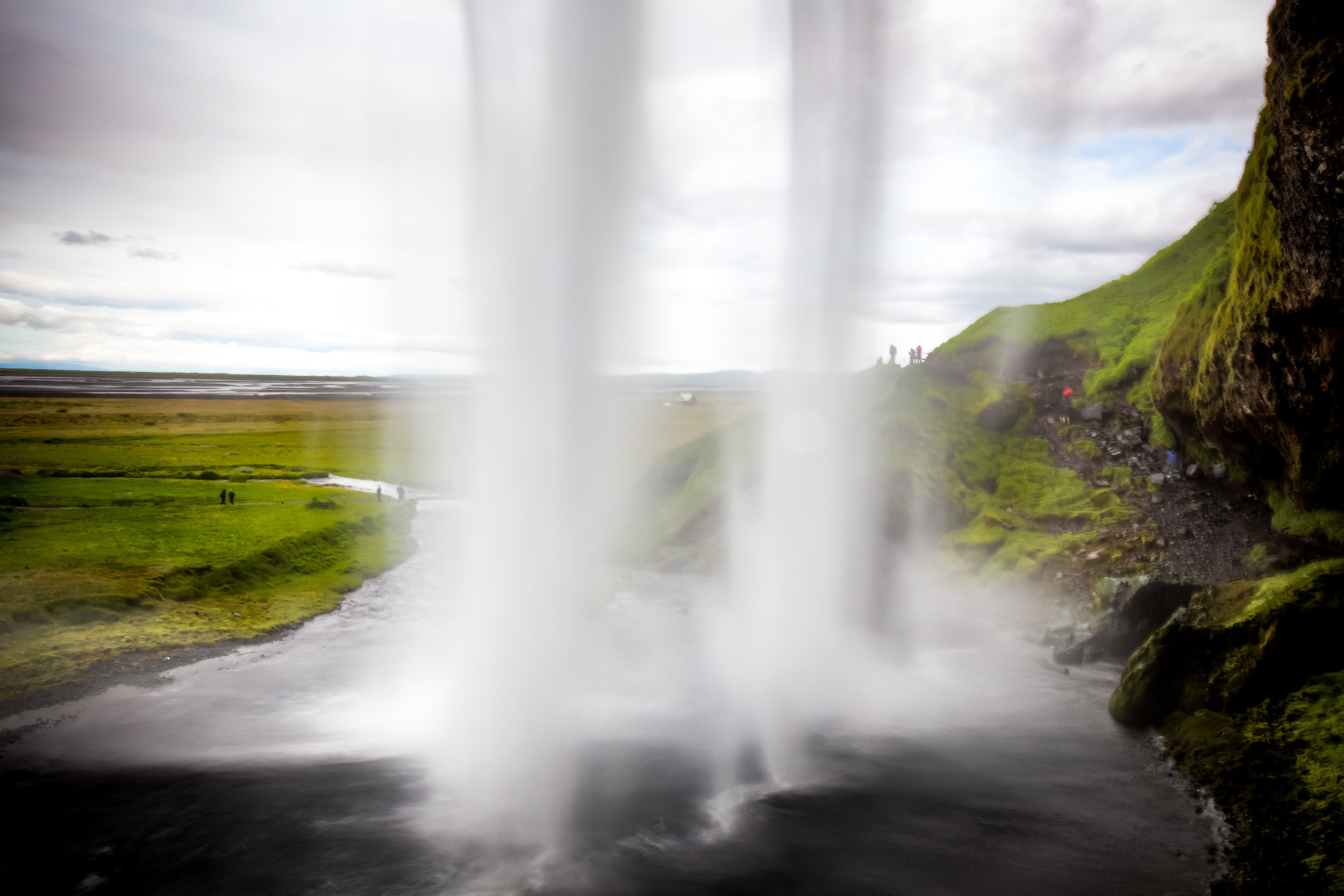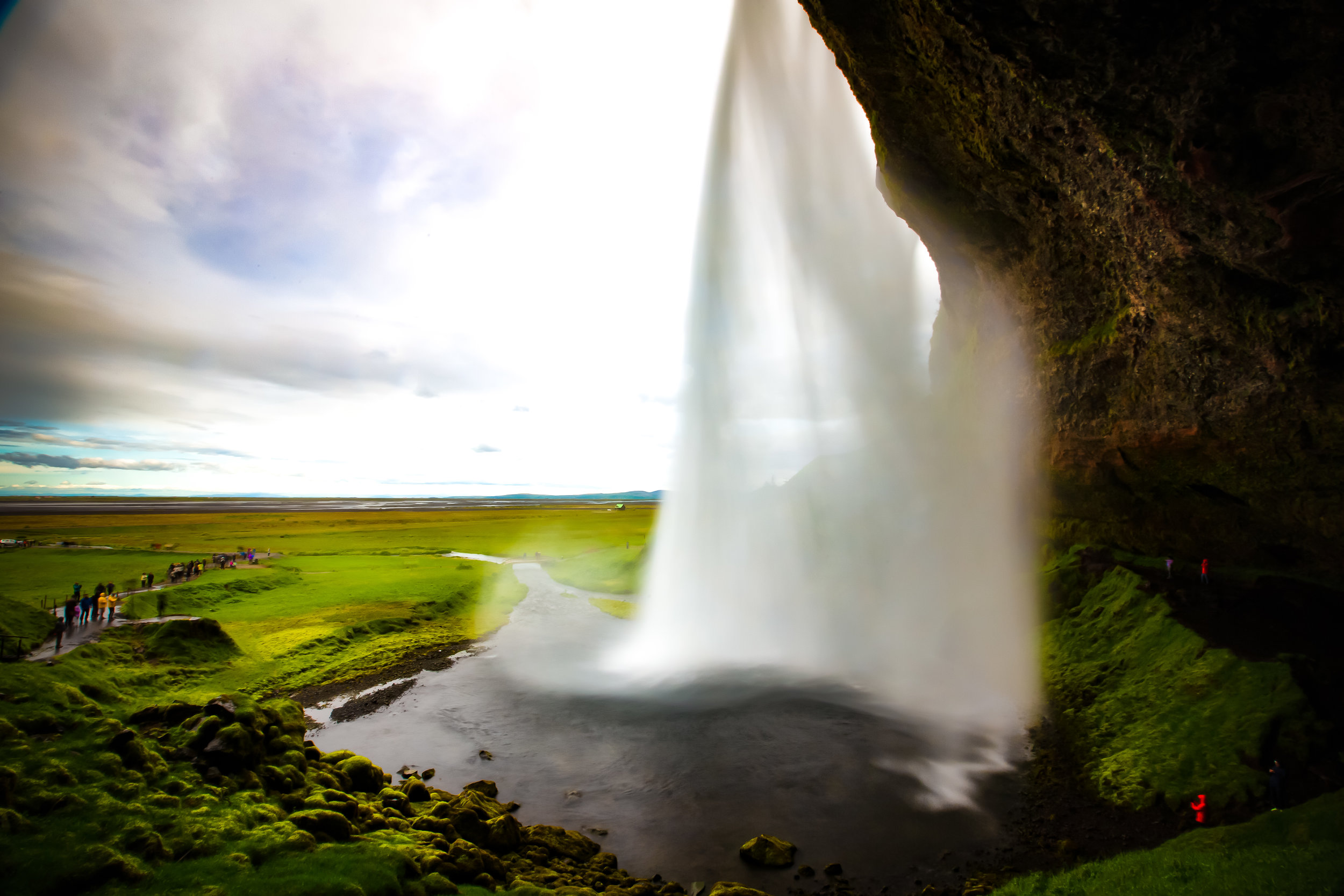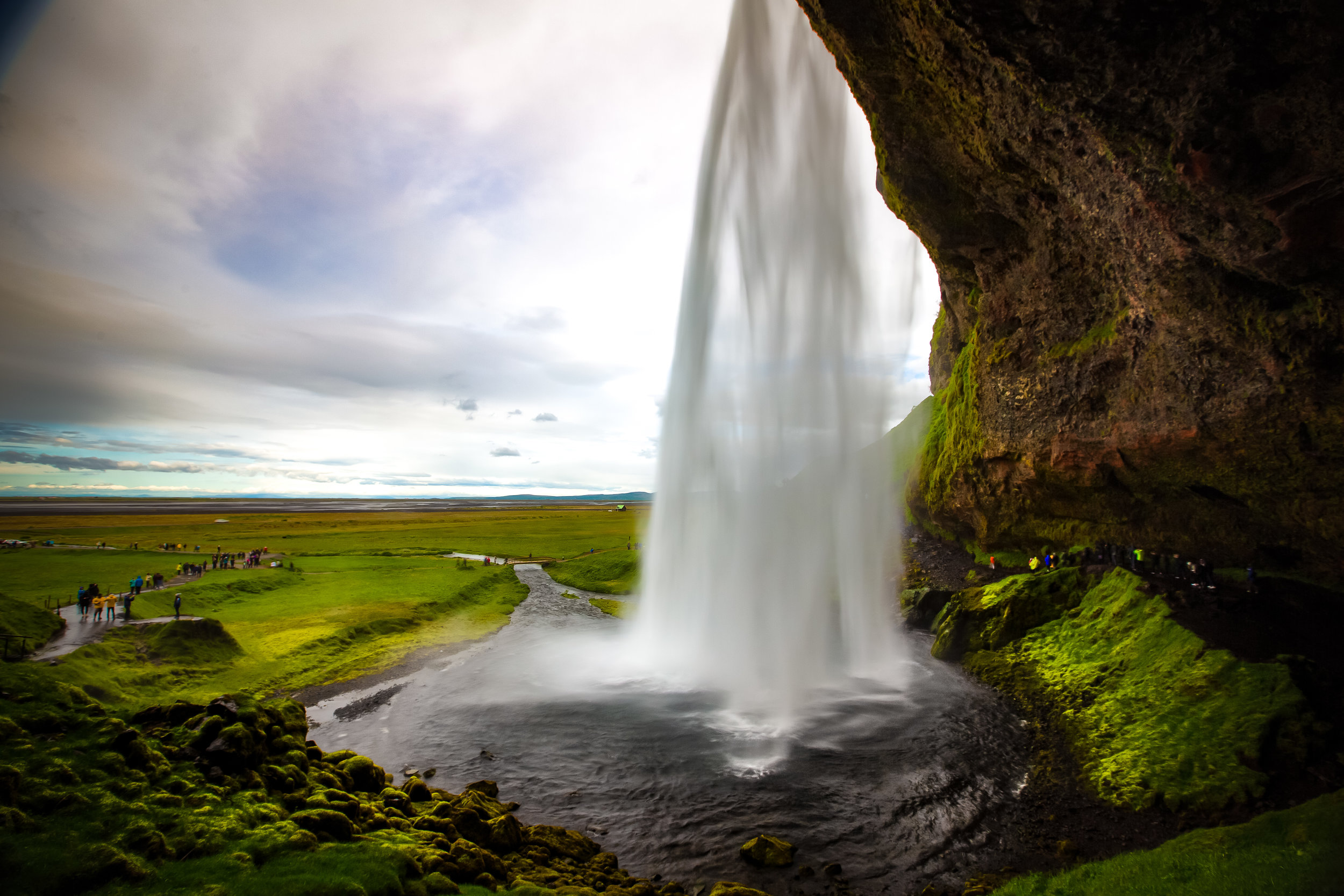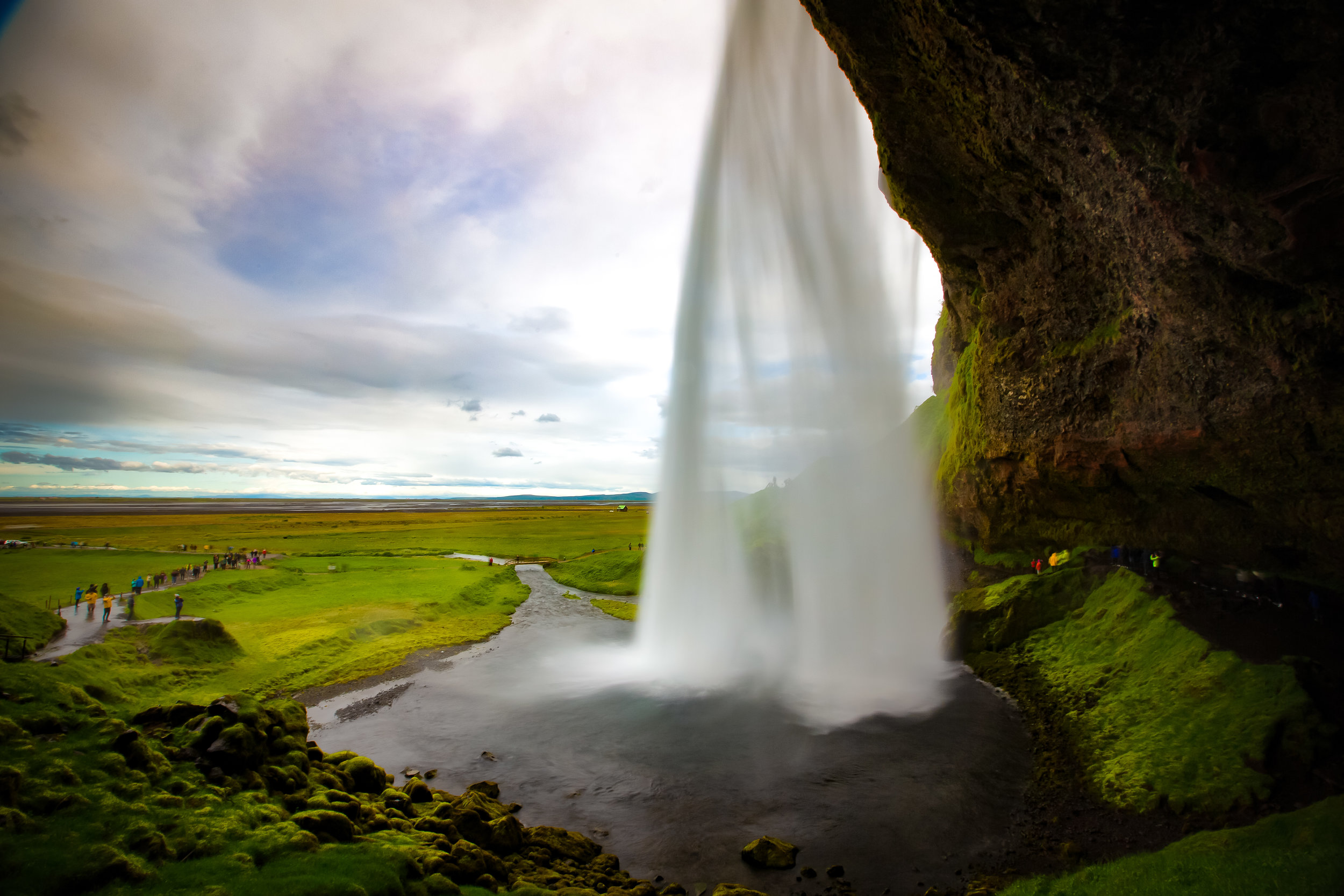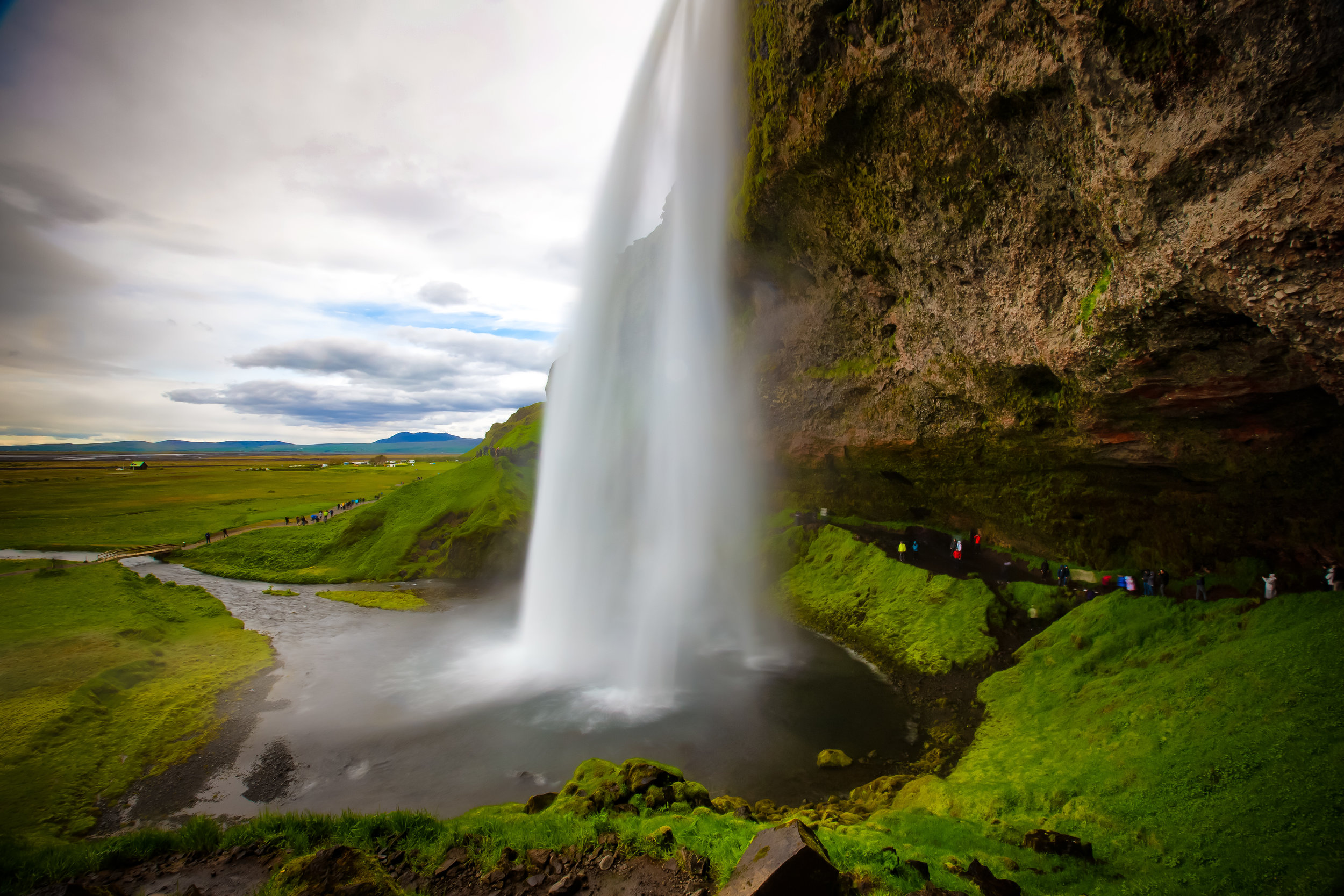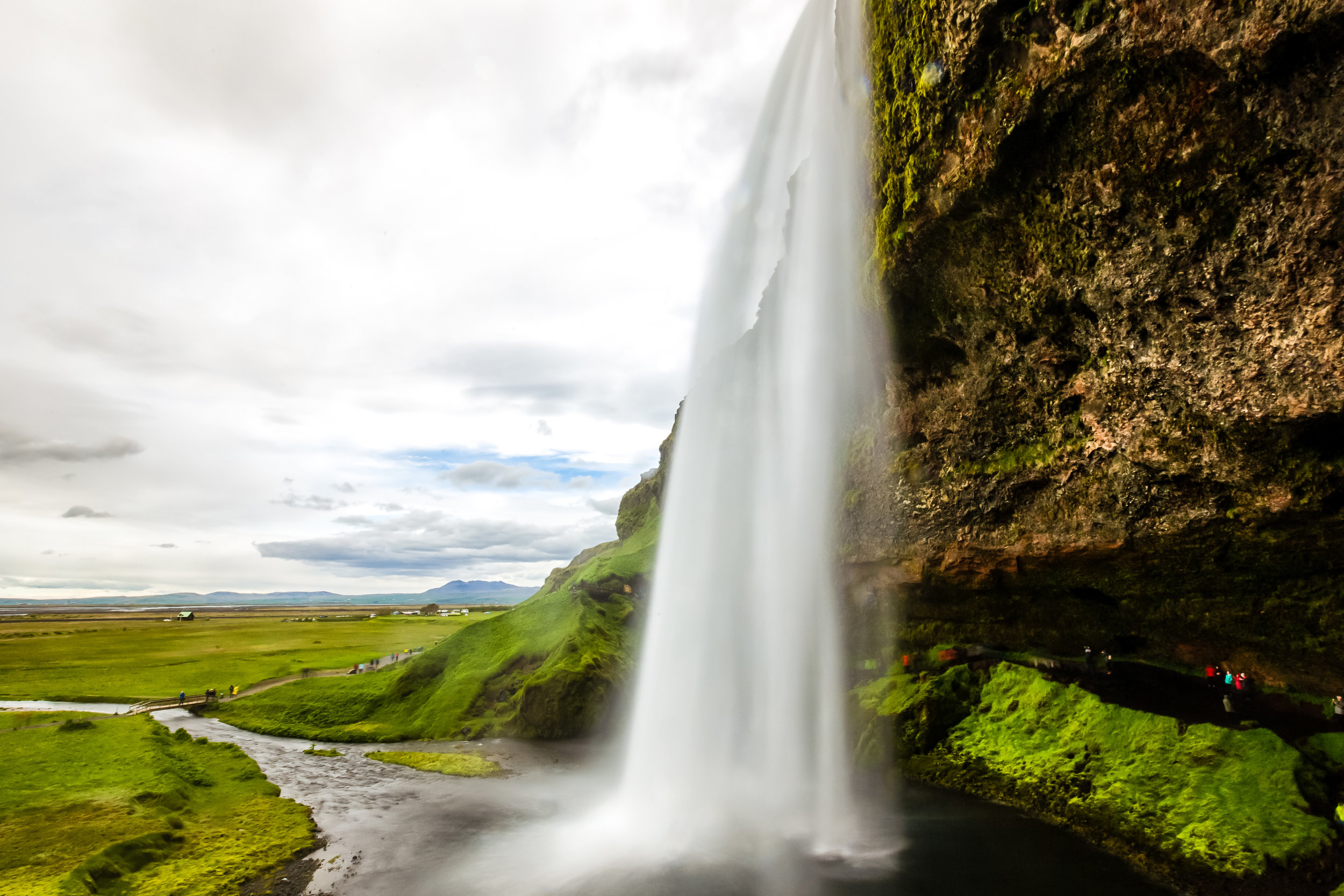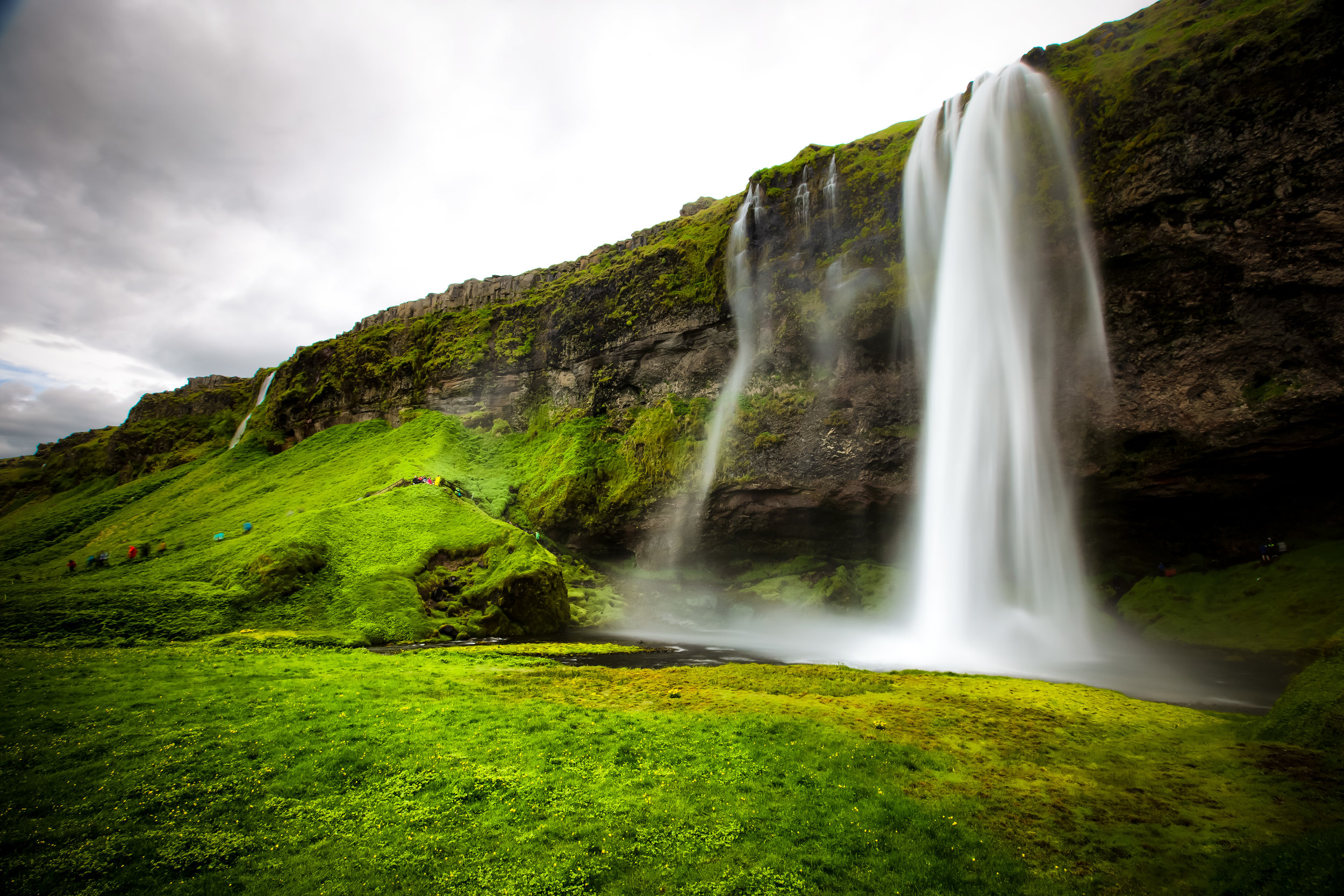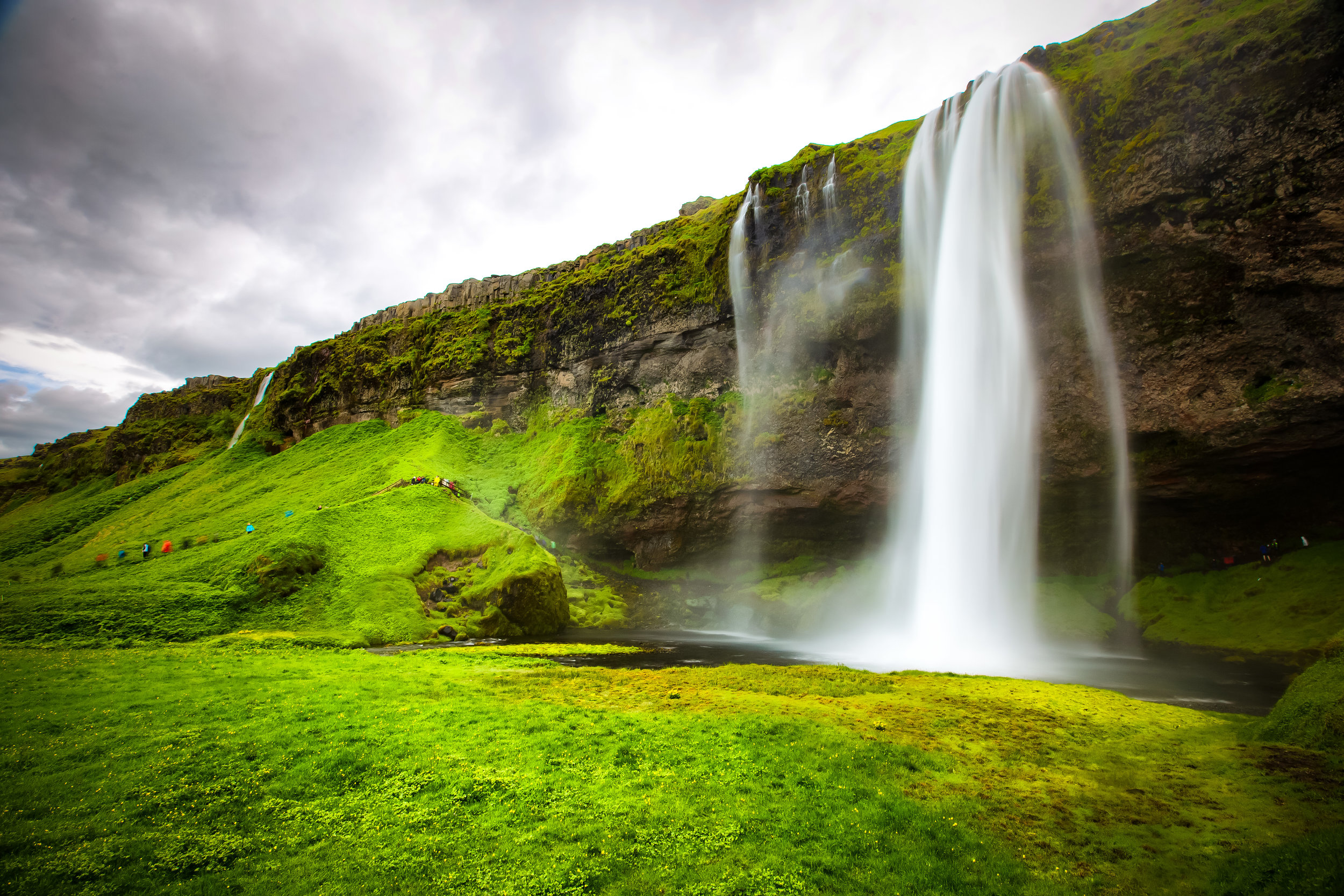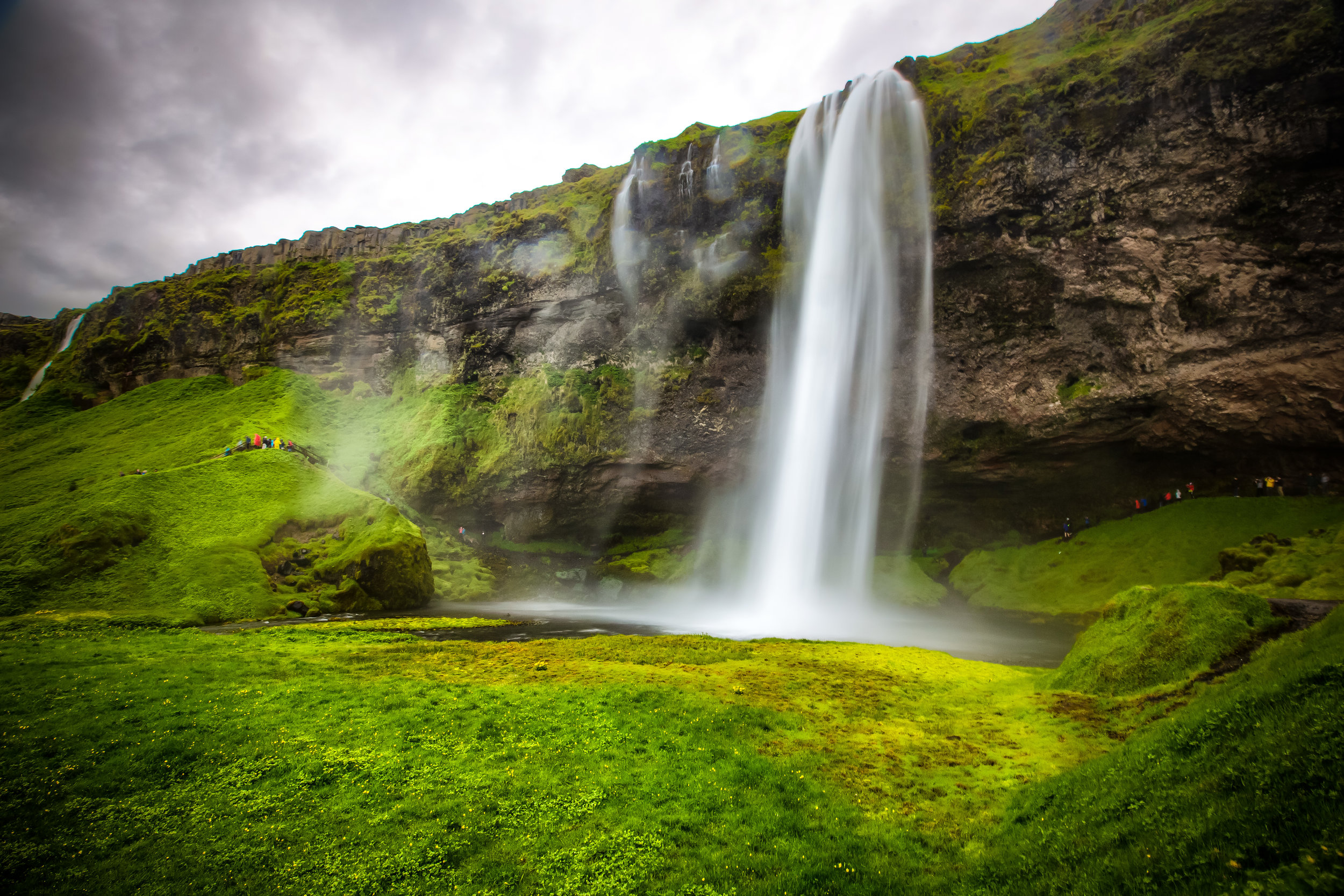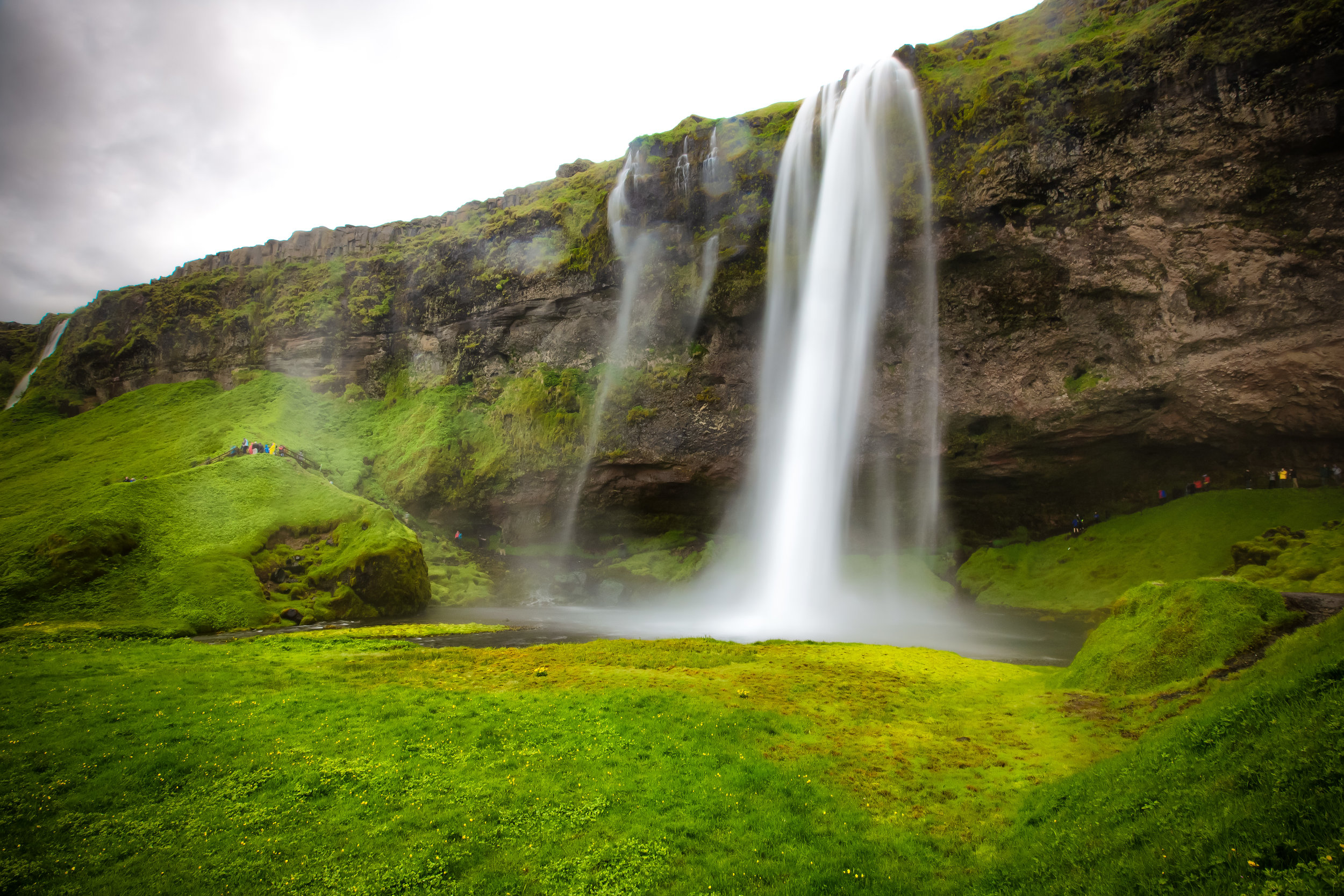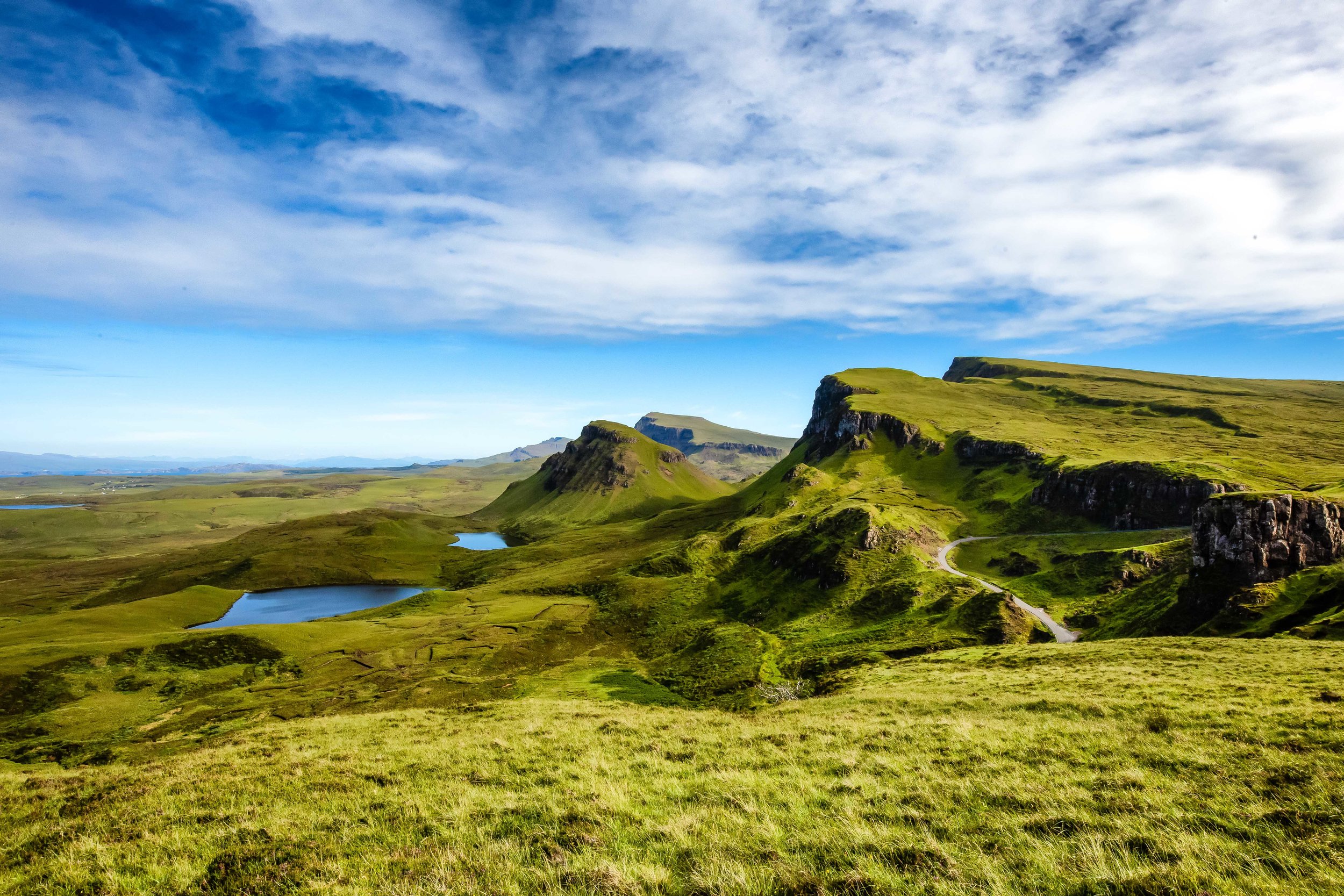For most travellers, a white sand beach vacation is just what the doctor ordered after a long and stressful year of work. Travel Agencies all over the world offer attractive vacation packages that allow weary travellers to simply hop on a plane and be transported to a beautiful beach resort - where all they have to do is lay around, eat, drink and relax.
Having visited the beautiful beaches of Boracay, Bali and Palau (among others), I can certainly attest that this style of vacation helps to recharge the soul and even though its not the sort of trip that I typically prefer to go on, I can certainly understand why people are so fond of them.
If you’re looking to relax on a beach its unlikely that Iceland is going to be on the top of your list of destinations - The small island nation in the North Atlantic isn’t exactly known for its beach-resorts.
Instead it is a nature lovers paradise where visitors spend their precious vacation time time in awe of giant glaciers, steaming volcanoes, massive waterfalls and the spectacular Aurora Borealis.
Nicknamed the ‘Land of Ice and Fire’, the country is known more for its geo-thermal hot springs and spas than it is for beaches, but you might be surprised to learn that Iceland is home to one of the top-ten (non tropical) beaches in the world!
Just don’t expect to go for a swim.
Southern Iceland’s ‘Black Sand Beach’, known to locals as Reynisfjara is one of the country’s top attractions and for good reason - It is one of the prettiest beaches you’ll ever have the luck of visiting.
Black Sand?
Why is the sand at Reynisfjara ‘black’ while most of the worlds other beaches have either golden, brown or white sand?
Well, thats actually quite simple to explain.
The beach is located near the very active Katla Volcano. The lava from each of its eruptions flowed down from the mountain eventually reaching the coast. This allowed for the formation of basalt rocks when the lava met with the frigid temperatures of the North Atlantic.
With each of Katla’s eruptions, the topography in the region changed and the land area also expanded - so much that thousands of years ago this beach didn’t even exist.
The “sand” that you’ll find on the beach is actually more similar to fine rocks and pebbles than the finely grained sand that you are used to on other beaches.
The supply of this special black sand howeveris constantly being replenished thanks to the volatility of Katla which is in a constant state of activity.
The Reynisdrangar Basalt Columns and Folklore
For travellers, the beach is highly regarded as one of the most beautiful in the world - Locals on the other hand hold Reynisfjara in high regard not only for its beauty but for some supernatural events that (they’re convinced to have) occurred there once upon a time.
Local folklore tells of two different stories that attempt to explain why the beach looks the way it does with the beautiful basalt columns at the far end.
Icelanders debate about which myth is the most accurate but everyone agrees that the common feature of both is that trolls were most definitely involved.
If you’re unaware, trolls are basically the bane of every Icelanders existence.
These trolls, unlike their internet counterparts however are quite dangerous.
The first legend tells of a husband whose beloved wife was kidnapped and murdered by two of these dangerous trolls.
The husband, seeking vengeance pursued the trolls to Reynisfjara and somehow froze them as they attempted to escape to sea.
How he froze them, I can’t really tell you but I’d like to think that it was by the power of love.
The second legend tells of a group of trolls who lived in the caves on the beach and terrorized ships that passed by.
The trolls were not only greedy but a bit daft, so one day when they went out to sea to attack a ship they lost track of time.
When the sun came up, they were turned to stone on the spot - unfortunately the ship and the people on it were turned to stone as well.
Link: Folklore in Iceland
In actuality the ‘Reynisdrangar basalt columns’ were not formed by the nefarious activity of trolls but are naturally occurring and were at one time connected to Reynisfjall mountain.
Thousands of years of weathering and sea erosion has submerged part of the mountain making the columns seem as if they are disconnected from the mountain by a patch of ocean.
Reynisfjall Mountain and Hálsanefshellir Cave
Reynisfjall Mountain, which is located next to the beach is a 340 meter (1115 ft) tall mountain that is at least five kilometres in length and about 800 meters wide.
The mountain is most well-known for its pyramid-shaped cliff of basalt columns which look like they were sculpted by hand rather than by the work of Mother Nature.
The columnar joints on the side of the mountain, known to locals as ‘Garðar’ are one of the most popular locations for taking selfies in Iceland and were even featured in an episode of the Game of Thrones.
You aren’t likely to find trolls making their homes in the mountain, but it is important to note that the mountain is a nesting ground for various species of seabirds. Depending on the season you might see fulmars, guillemots and if you’re lucky some puffins!
On the beach you are bound to come across the beautiful ‘Hálsanefshellir Cave’ which is just a small cavern in the mountain.
The interior of the cave looks a bit like the basalt columns on the outside and is a great place to escape when the winds get too high and you’re feeling cold.
Be careful not to stay in the cave for too long though, you could get trapped inside during high tide!
Tips and Safety Considerations
There are some important things that you’re going to want to keep in mind while visiting.
You’ll likely notice a warning sign before you’re able to walk onto the beach. Pay close attention to all of the warnings.
This isn’t a place where you’re going to want to have an unfortunate accident.
You can’t swim at this beach. Even if the frigid water doesn’t bother you, the water is extremely dangerous and there have been quite a few unfortunate accidents in recent years.
You may feel like you are standing a safe distance away from the water, but the ‘sleeper waves’ at this beach are as sneaky as they are dangerous. Stay at least thirty meters from the water and make sure that you are constantly aware of your surroundings. Don’t turn your back to the ocean.
Some travellers may think that its okay to get close to the water but something most people don’t ever consider is that when the waves pull back into the ocean they pull back with even greater force. This means that’s the water will drag out even the strongest of us. If you get pulled out with the water its not likely anyone will ever see you again.
If you are travelling with children, make sure to keep an eye on them at all times.
There is no one on duty, no lifeguards, no security guards, no tourism officials. You’re on your own if something unfortunate happens!
There is a small cafe next to the parking lot. Parking is free but if you want to use the restroom you’re going to have to pay a small fee to get in.
The food in the cafe is quite expensive, so you’ll probably want to have a lunch packed.
Make sure to pack a down jacket as it tends to be very cold and extremely windy on the beach. Likewise you’re going to need sturdy footwear to walk on the beach.
The beach, which is located near the country’s southernmost village Vík í Mýrdal is about 180 km (110 mi) from the capital of Reykjavik.
If you are driving from the capital you can expect about a 2.5 hour drive along the Ring Road.
There is lots of signage along the way, so its not likely that you’ll need to use GPS to find your way.
If you’ve decided that you won’t bother renting a car while visiting Iceland, you’re going to have to rely on public transportation to get to the waterfall. There are tours out of the capital offered by tour groups like Reykjavik Excursions which offer tourists access to several different stops for around $100USD. It is important to remember that if you want to book a tour that you should do so well in advance as the seats on the daily tours tend to fill up quickly.
If you are visiting the beach you’ll also want to visit other attractions like Skogafoss, Seljalandsfoss, the Dyrhólaey Lighhouse and Kirkjufjara Beach which are all a short distance away from the beach and the small village of Vik.

